DMT (dimethyltryptamine) is a naturally occurring psychedelic substance with structural similarities to serotonin. It’s one of the strongest (and shortest-lived) psychedelics on Earth
DMT (AKA the “spirit molecule”) is best known for its ability to induce dreamlike states of consciousness.
This naturally-produced molecule produces intense visions of bright kaleidoscope fractals and blurs the lines between what we consider “self” to be. It warps our perception of time and space, induces life-altering insights, and expands the mind in ways you would never have thought possible.
What is DMT (Dimethyltryptamine)?
DMT is an acronym for N,N-dimethyltryptamine. It’s a naturally occurring alkaloid. Trace amounts of this molecule can be found in various plant and animal species. The human brain manufactures its own DMT in the pineal gland.
DMT, the drug, comes in a few different forms:
- A crystalline powder that can be smoked or vaped for a powerful hallucinogenic experience
- A dark brown, bitter-tasting brew called ayahuasca
- A brownish herb mixture called change
- A fine brown powder called yopo that’s blown into the nostrils
- Various novel DMT research chemicals
There Are Several Different Types of DMT
Depending on the type of DMT, the experience can range anywhere from vivid fractal patterns to a complete dissolution of the mind and body.
While all DMT shares the same name, the effects can be exceptionally different from each other.
N,N-DMT
(N,N-Dimethyltryptamine)
This form of DMT is most abundant in the natural world — including the human brain. When you drink a brew of ayahuasca, this is the predominant form of DMT you’ll use.
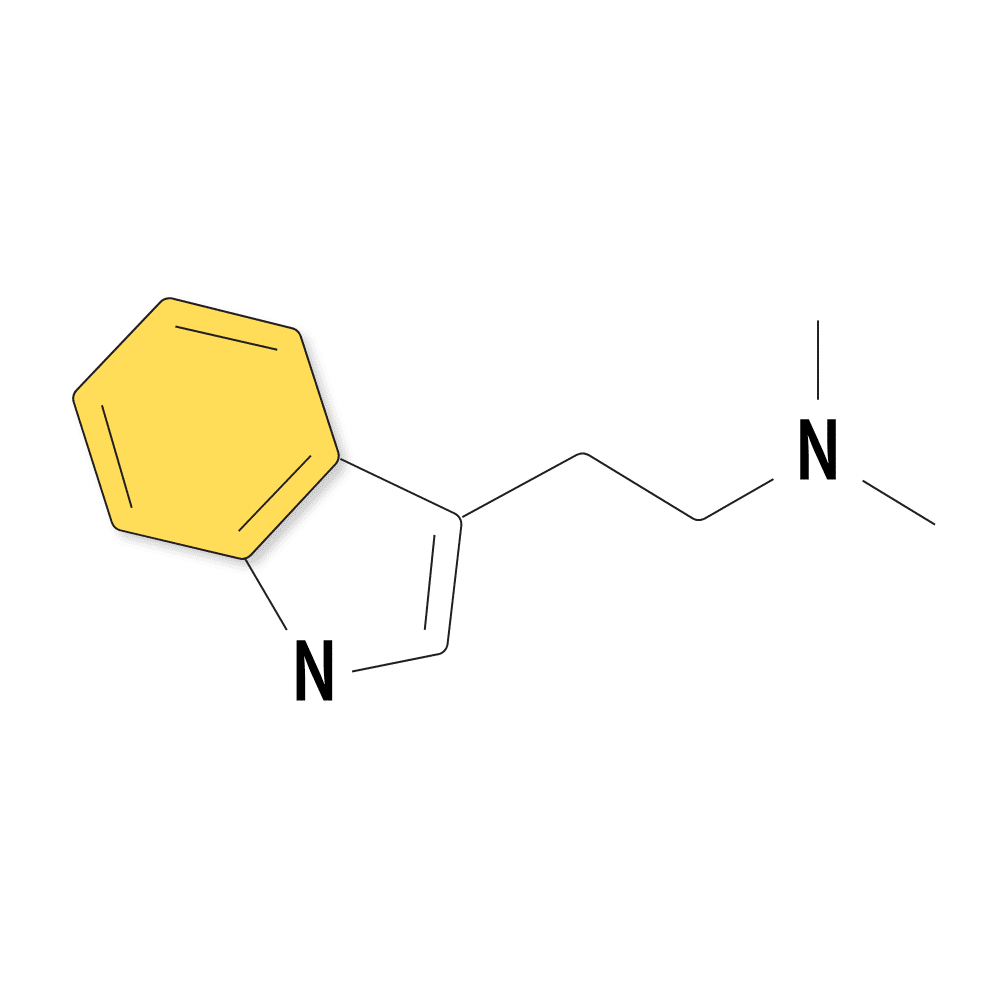
This form of DMT has a strong visual component but can also lead users to dissociate from reality.
Compared to the other forms of DMT, it’s somewhere in the middle regarding strength. 5-MeO-DMT is the strongest, while 4-AcO-DMT is the weakest.
5-MeO DMT
(5-methoxy-Dimethyltryptamine)
This form of DMT is differentiated from N,N-DMT by its short duration of effects (10 – 20 minutes in total) and extreme potency. 5-MeO-DMT is roughly six times as potent as N,N-DMT, and has much less of a visual component.
This version of DMT can be found in nature in a handful of plants such as Mucuna pruriens, Mimosa pudica, Anadenanthera peregrina (yopo), and a few species of cacti. It’s also found in a couple of mushroom species (Amanita citrina and Amanita porphyra) and some toads.
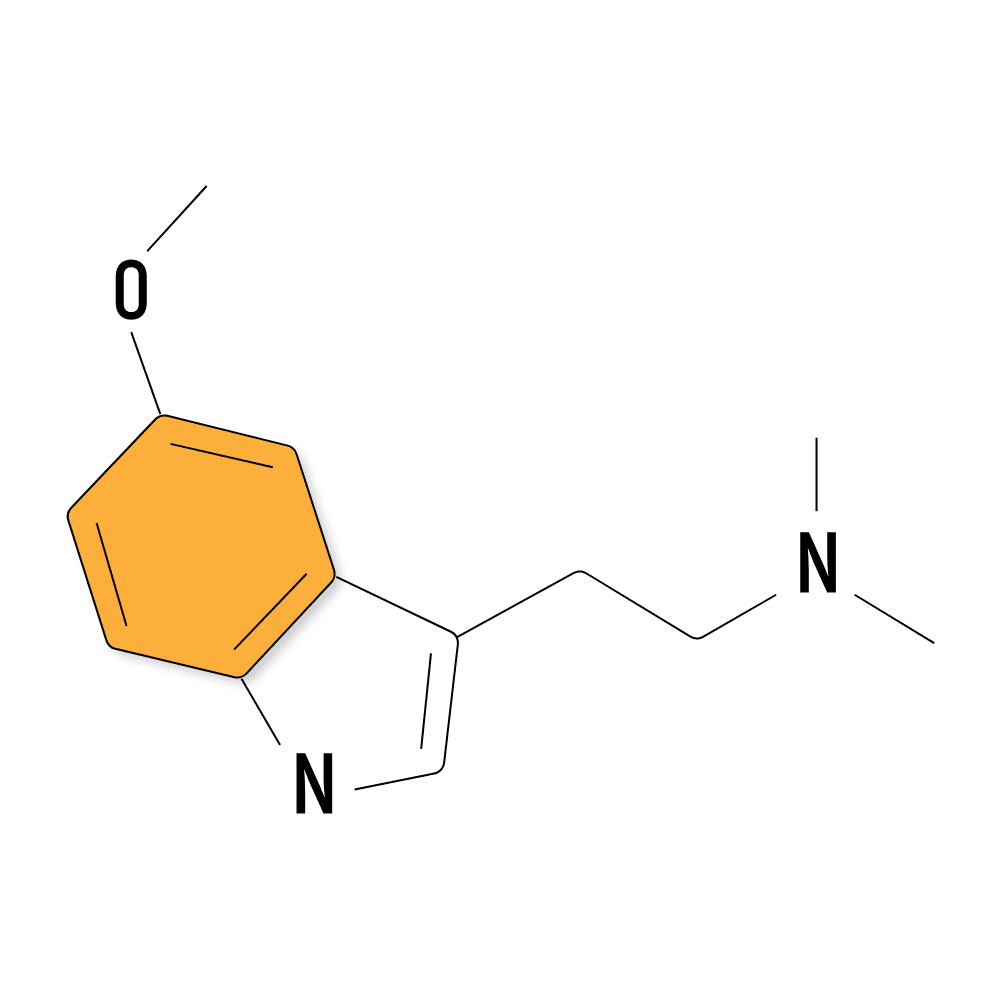
The most famous source of this type of DMT is the Sonoran Desert Toad (Bufo alvarius). This particular toad secretes 5-MeO-DMT, and a related compound called bufotenin as a defense mechanism to avoid being eaten by other animals. Along with DMT, these toads secrete a series of toxic compounds that can make using this toad dangerous if not prepared properly.
The use of these toads secretions or skin is a traditional sacrament called chansu. It involves ingesting or smoking the secretion to produce a psychoactive state.
5-MeO-DMT is also available in synthetic form, which can be snorted, smoked, or injected. This is the most sustainable, most affordable, and most common form of 5-MeO-DMT.
Oral forms of 5-MeO-DMT are also available but must be combined with an MAO (monoamine oxidase) inhibitor in order for it to work. MAO is an enzyme produced by the body that primarily works to break down neurotransmitters like serotonin and dopamine, but it also destroys DMT in the gut before it’s absorbed.
When combined with a compound that inhibits MAO, the effects of DMT appear within minutes. This quickly evolves into intense visuals and out-of-body experiences. Many users report living through several lifetimes after a single 15 minute trip on 5-MeO-DMT. Others experience contact with “beings from other realms,” or intense introspection or ego death.
4-AcO DMT
(4-Acetoxy-N,N-dimethyltryptamine)
4-AcO-DMT is more closely related to psilocin — the active ingredient in magic mushrooms — than it is to the other forms of DMT. In fact, this compound is considered a prodrug of psilocin.
This means 4-AcO-DMT is converted into psilocybin by the body. The majority of this drug’s effects begin once it’s converted into psilocin by the liver. However, it also has some psychoactive effects on its own. Users who smoke 4-AcO-DMT report mild to moderate psychoactivity beginning within seconds. These effects can only come from the drug itself since inhalation bypasses first-pass liver metabolism — meaning it hasn’t yet been metabolized by the liver.
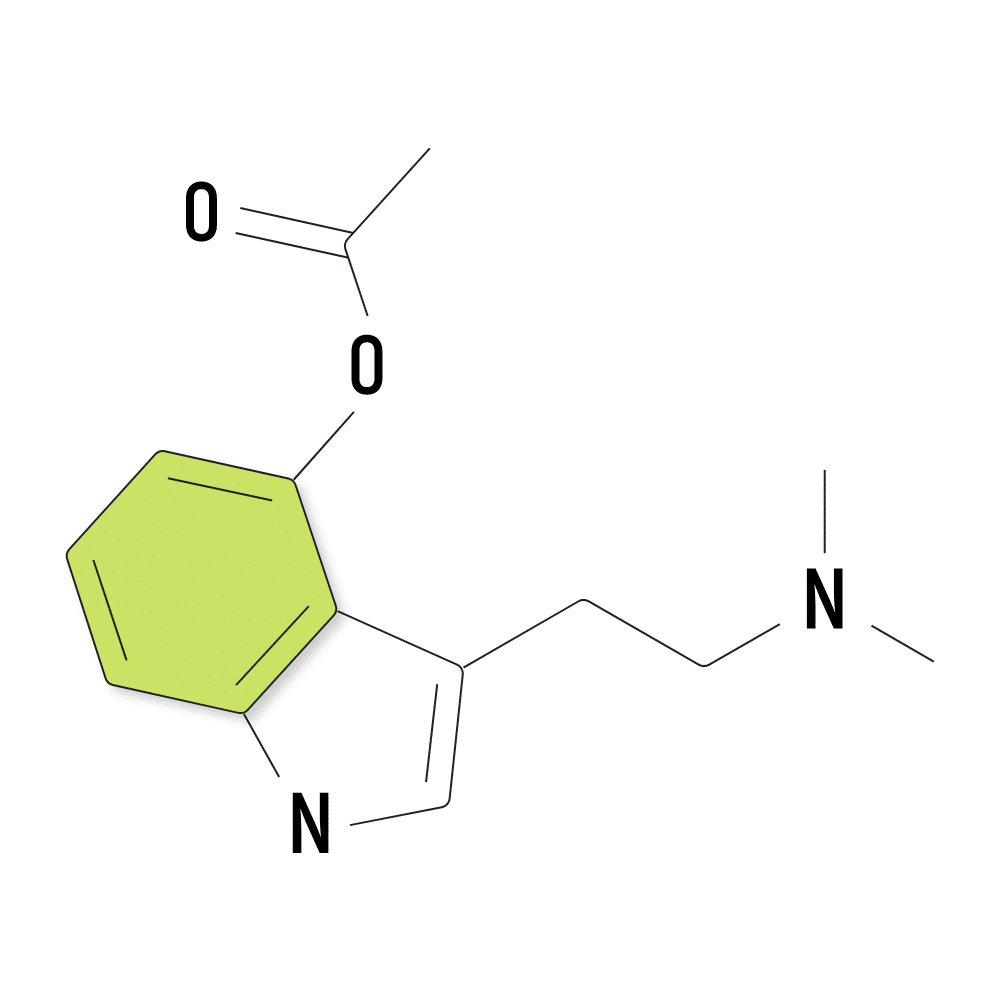
This form of DMT is not found in nature. It’s a semi-synthetic molecule, which means it’s made by modifying other compounds in a lab setting.
The effects of this psychedelic are very similar to magic mushrooms. It produces distortions in visual and auditory sensation, induces states of introspection, and can result in separation from ego in higher doses.
5-Bromo-DMT
5-Bromo-DMT (AKA. “SpongeBob DMT”) is a lesser-known form of DMT found in three species of sea sponge.
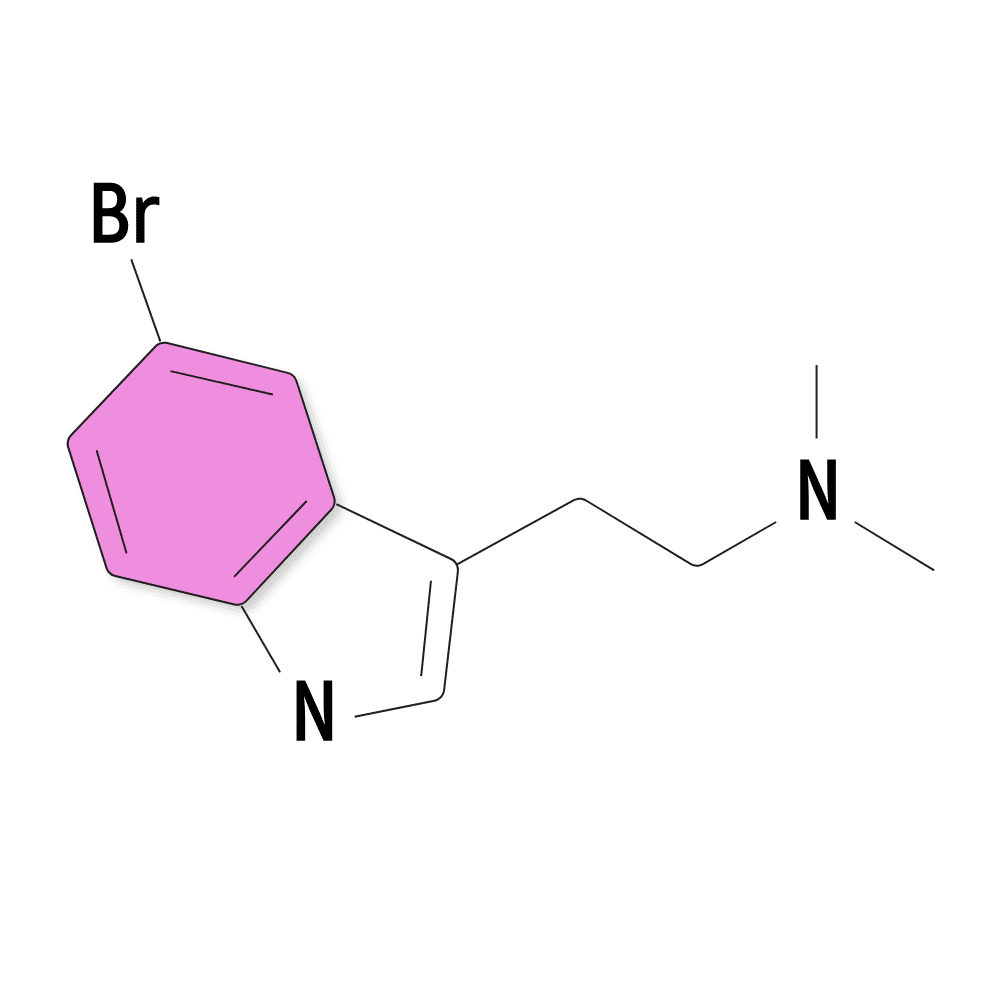
This type of DMT only has mild psychoactivity but shares similar effects of low-dose N,N,DMT or 5-MeO-DMT. The effects are best described as lucid — rather than psychedelic like the other main forms of DMT.
Ayahuasca
Ayahuasca is a traditional plant preparation from the Amazon rainforest. It involves the combination of two plants — the ayahuasca vine, and then either Mimosa pudica or Psychotria viridis.
The active ingredient in ayahuasca is DMT, which is presented in the forms of N,N-DMT, as well as a weaker source of 5-MeO-DMT.
The first component of ayahuasca is a plant high in DMT. The most common plant is Mimosa pudica, but other species can also be used depending on what’s locally available.
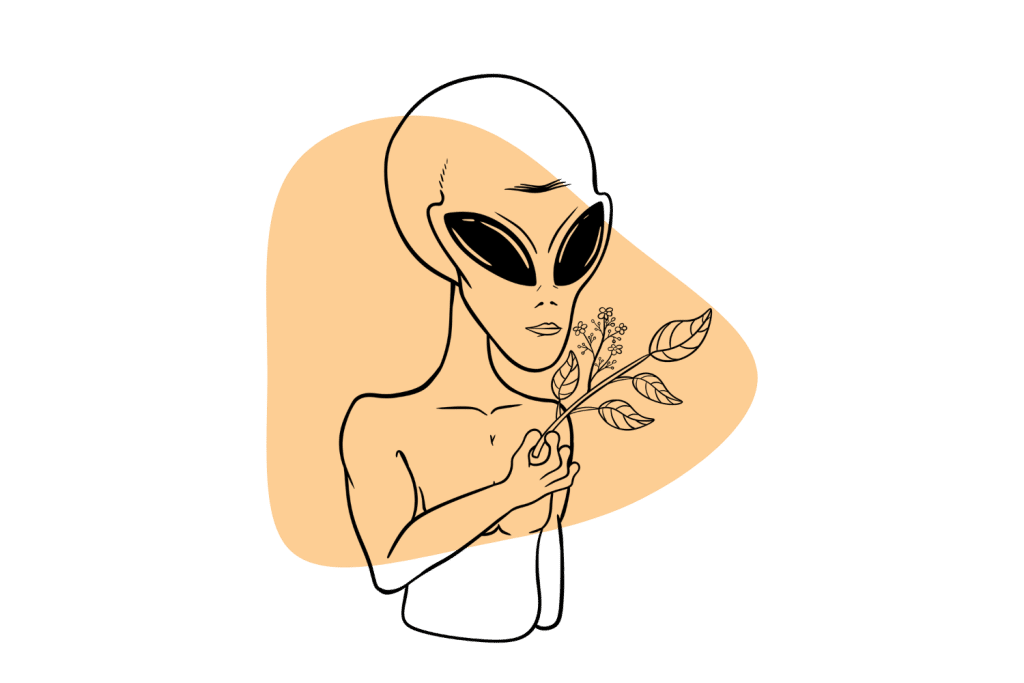
The ayahuasca vine (Banisteriopsis caapi) is then added to the brew as a source of MAO inhibition.
MAO is an enzyme in the body that breaks down DMT almost immediately. Consuming a brew of pure Mimosa pudica would have no hallucinogenic effects — but when combined with the ayahuasca vine to prevent the breakdown of DMT, it produces one of the most powerfully psychoactive substances on earth.
What’s The Dose of DMT?
DMT is extremely potent — only a very small dose is necessary to profoundly impact perception and thought. The dose depends on the type of DMT being used, as well as the mode of administration.
Inhalation and injection require the smallest doses, while oral and insufflation require much larger doses to produce similar effects.
It should also be noted that for oral DMT to work, an MAO inhibitor should be used simultaneously. Ingesting pure DMT without an MAO inhibitor will have little to no effect on the body.
| Type of DMT | Oral Ingestion | Insufflation (Snorting) | Inhalation (Smoking or Vaping) |
| N,N-DMT | N/A | 15–50 mg | 10–25 mg |
| Synthetic 5-MeO-DMT | N/A | 8–15 mg | 5–12 mg |
| Toad Venom (5-MeO-DMT) | N/A | N/A | 30–60 mg |
| 4-AcO-DMT | 8–20 mg | 15-25 mg | N/A |
| Ayahuasca | 0.6–0.85 mg/kg DMT equivalent | N/A | N/A |
What Does DMT Feel Like?
What a question. If you ask anybody who’s used DMT what it feels like, you’re likely to get inundated with stories involving death and rebirth, separation from reality, contact with otherworldly beings, and altered perception of time.
We asked our readers to submit their DMT experiences in order to better understand how DMT feels like. What we learned is that the DMT experience is infinitely random. Everybody’s experience is completely different.
If you’re interested in reading some user experiences of people using DMT,
The effects of DMT can be intense. Your experience can range from being profoundly positive to terrifying.
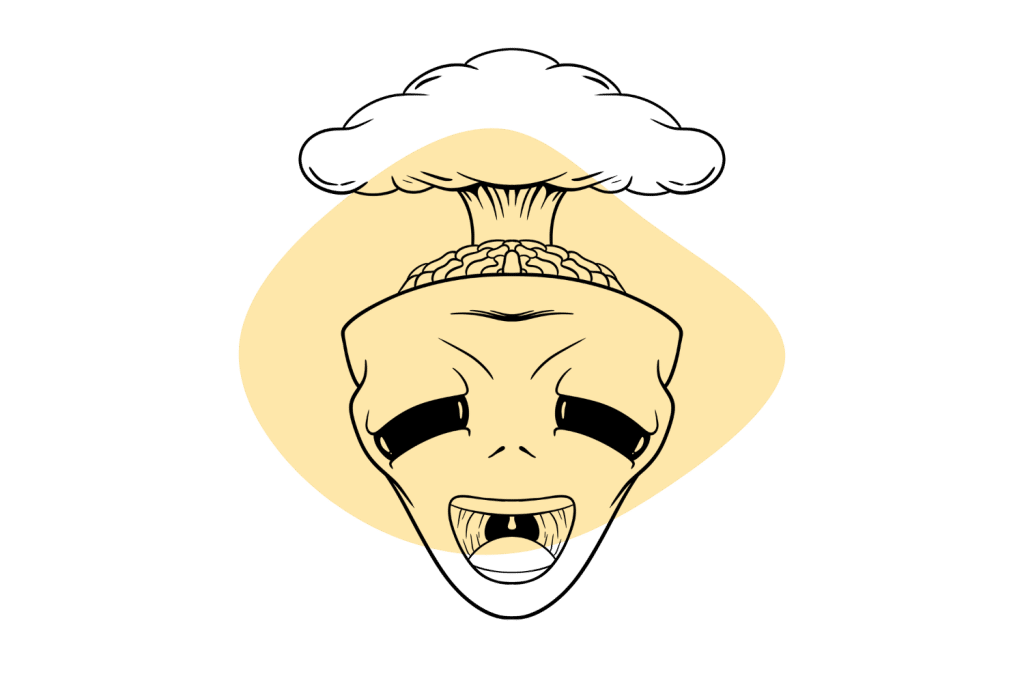
Most people who use DMT consider it to be one of the most significant experiences of their life — often prompting a major shift in thinking. People have changed careers, quit drugs and alcohol, or moved abroad due to using DMT.
Others have experienced scary or uncomfortable visions of alien abduction or ego death.
While the effects of DMT are short (especially 5-MeO-DMT), the user often experiences a decoupling with time during the trip. It’s not uncommon for someone to come out of a 10 minute DMT trip after experiencing what feels like a lifetime (or several lifetimes) within the trip itself.
Common experiences from DMT include:
- Alien abduction or contact with otherworldly beings
- Altered perception of time
- Distortions in color, sound, and texture
- Ego death and dissolution
- Fractal or kaleidoscope vision
- Light trails or double vision
- Out-of-body experiences
- Unexplainable coincidences
How Long Do the Effects of DMT Last?
DMT itself has a very short duration of effects. It’s rapidly metabolized and removed from the body by the joint efforts of the liver and kidneys.
Smoked or injected DMT only lasts about 30 minutes before concentrations drop so low it no longer has any effect on the body. You’ll usually start to feel the effects of DMT in these forms within a few seconds, which peak around the 10-minute mark. You may lose consciousness for a few minutes before being forced back to reality a few minutes later, almost completely sober.
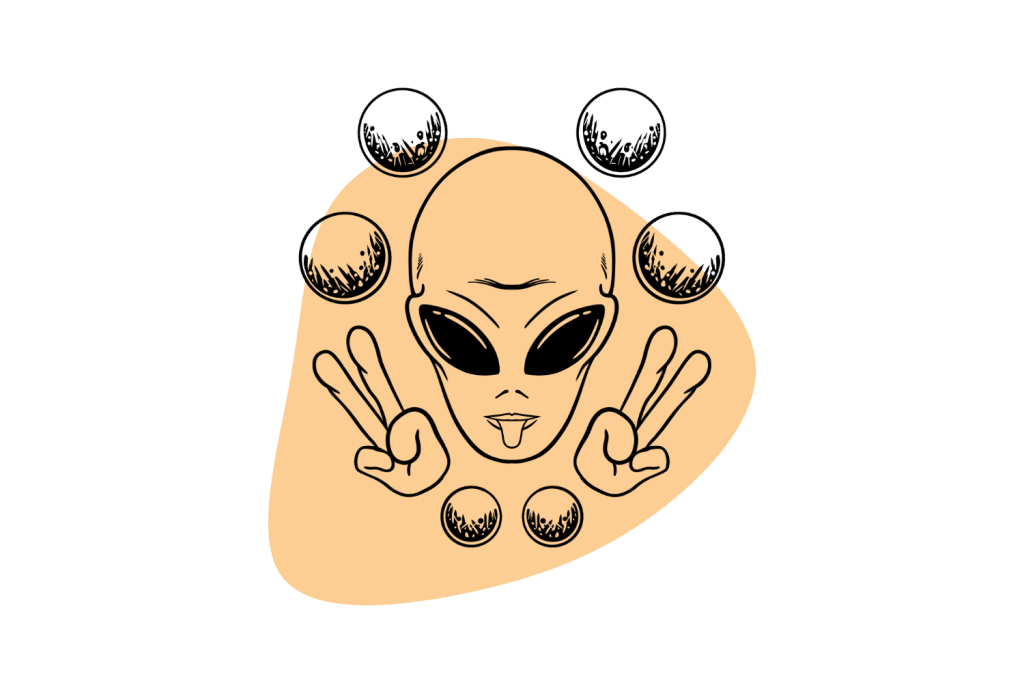
Oral forms of DMT, such as ayahuasca, last much longer because of the added MAO inhibitor that comes along with this form of the drug. MAO is required to metabolize DMT, so blocking the effects of this enzyme prevents it from being metabolized. The duration of effects come down to the duration of the MAO inhibitor, more so than the duration of effects from DMT.
Ayahuasca usually takes about an hour to take effect, peaks by around 90 minutes, and then slowly taper off over the course of about 6 hours.


